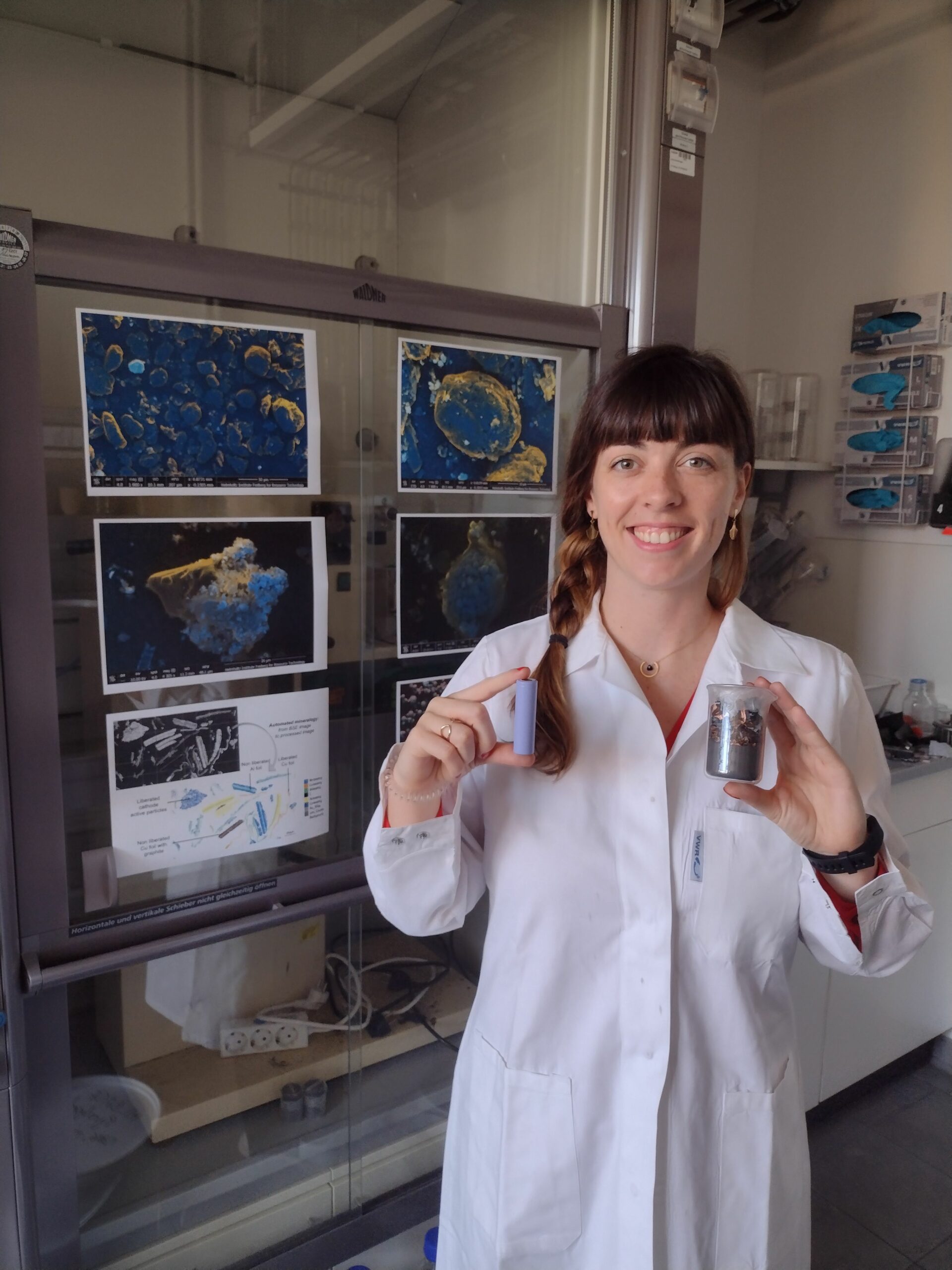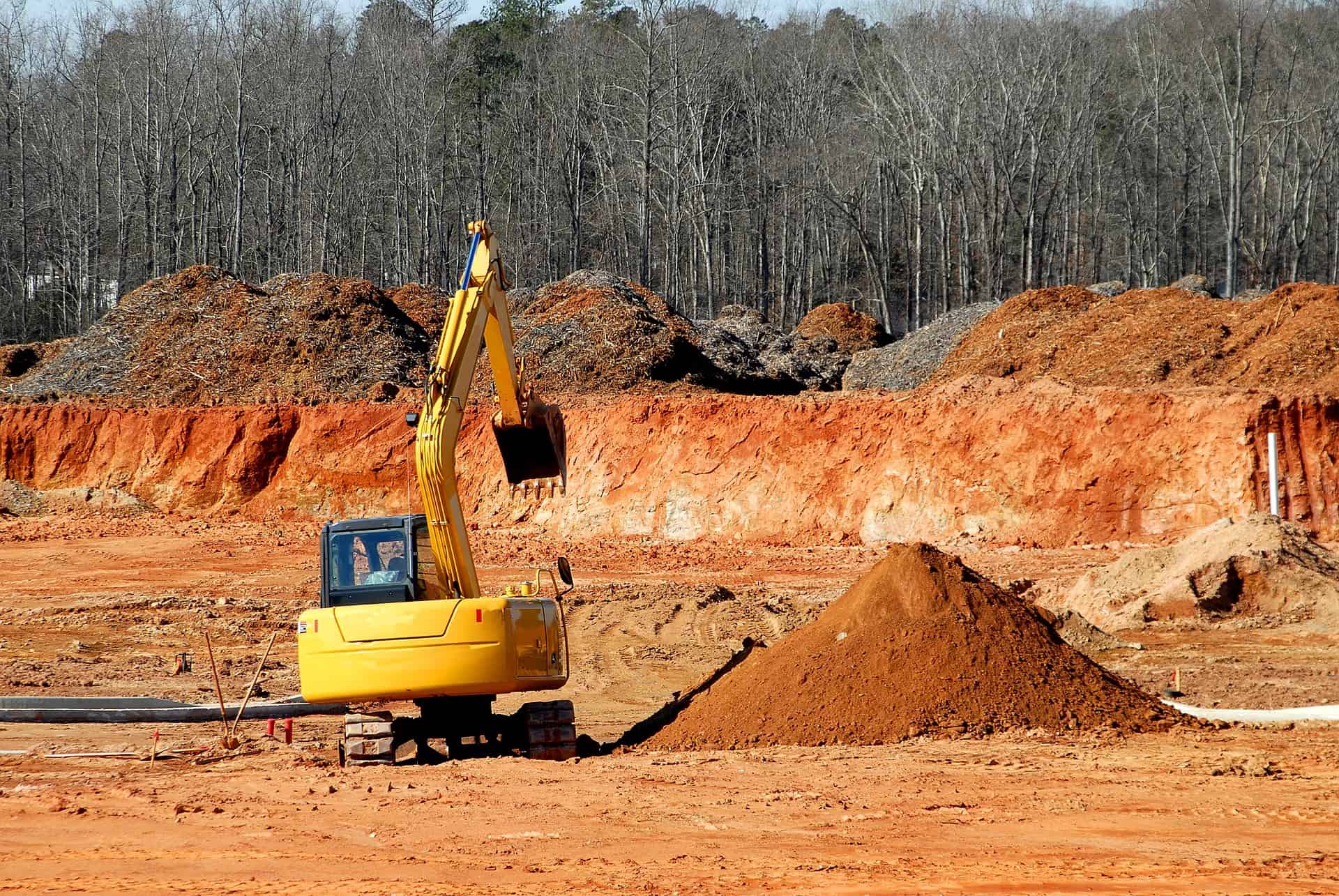
Efficiently recycling batteries and reintegrating the recovered materials into production is still an apparently unsolvable problem for the industry. That’s why researchers around the world are looking for new approaches. One of them is Anna Vanderbruggen. The Ph.D. student at the Helmholtz Institute for Resource Technology Freiberg (HIF) – an institution of the Helmholtz-Zentrum Dresden-Rossendorf (HZDR) – developed a concept to recycle graphite from used lithium-ion batteries. On Sunday, she presented her approach in the final of the competition Falling Walls in Berlin, as the Winner of Lab Adlershof.
A press release by HZDR tells more about her work Electromobility increases the demand for lithium-ion batteries – and leads to an enormous global demand for critical materials such as nickel, cobalt, lithium and natural graphite, which, on the other hand, are not infinitely available on our planet, and, on the other hand, are often mined under poor conditions. Therefore, the development of efficient recycling technologies and the integration of recovered materials into battery cell production is absolutely essential. The goal is to close material cycles with efficient approaches.
Critical material
A very relevant but also very critical material for lithium-ion batteries is graphite. Due to the energy transition in the mobility sector, graphite will remain one of the determining materials in battery production in the coming decades. However, natural deposits of graphite that can be mined economically are rare. Furthermore, recycling companies are currently unable to recover graphite. Therefore, it ends up as waste or is used as a reductant agent during the recycling process. Anna Vanderbruggen has taken up this challenge and developed a concept for “recovering graphite from spent lithium-ion batteries”, which is also the subject of her Ph.D. thesis.
“My approach uses the method of froth flotation, which is proven in the raw materials industry, to recycle graphite. Froth flotation is an established and efficient process for separating valuable minerals from waste rock for particle sizes of about 10 to 200 micrometers. The process is based on the selective hydrophobization, i.e. water-repellent property, of minerals and the adhesion of these particles to gas bubbles, which are subsequently discharged via a foam. Therefore, surface properties, but also other particle properties such as size and morphology, are the key separation characteristics for froth flotation. Adding a froth flotation stage allows the metals and graphite to be recovered together,” Anna Vanderbruggen explains her concept.
It is precisely such forward-looking ideas that are sought in the annual Falling Walls competition. The competition, which is aimed at young inventors, researchers, start-up entrepreneurs and students, is affiliated with the Falling Walls Conference in Berlin. This took place for the first time in 2009 on the anniversary of the fall of the Berlin Wall and has the motto “Tearing down walls and overcoming borders: In Minds, in Thoughts and in Action”.
Breakthrough Winner of the Year
Anna Vanderbruggen first prevailed in the national competition of the Falling Walls Lab and thus secured her participation in the International final in Berlin on November 7th, where she came out as the overall winner. The Frenchwoman had to convince the jury with her 3-minute short presentation of her future idea of battery recycling to become “Breakthrough Winner of the Year in the Emerging Talents category of Falling Walls”. Besides a cash prize, the winner will will have the opportunity to give their presentation again in front of a large audience at the Falling Walls Conference on November 9th.
The Falling Walls Conference is funded by the Federal Ministry of Education and Research (BMBF), the Helmholtz Association and the Robert Bosch Foundation. In addition, a large number of scientific institutions and foundations are participating, including acatech – German Academy of Science and Engineering, the Leibniz Association, the Fraunhofer Society, the Max Planck Society, the Donors’ Association for the Promotion of Sciences and Humanities in Germany, the German Academic Exchange Service (DAAD), the Körber Foundation, the Leopoldina – National Academy of Sciences and Humanities, the Berlin Senate Department for Education, Science and Research as well as the European Research Council.
Selected for you!
Innovation Origins is the European platform for innovation news. In addition to the many reports from our own editors in 15 European countries, we select the most important press releases from reliable sources. This way you can stay up to date on what is happening in the world of innovation. Are you or do you know an organization that should not be missing from our list of selected sources? Then report to our editorial team.




